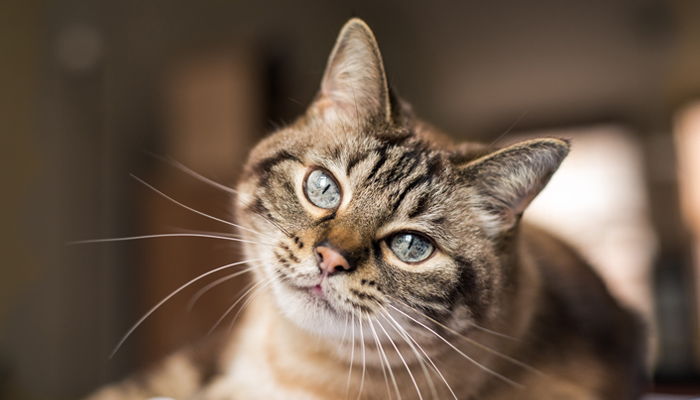Caring for your diabetic dog or cat
Symptoms of canine and feline diabetes
On this World Diabetes Day, we’d like to take the time to remind everyone that diabetes doesn’t just affect humans - it’s a condition that is also common among dogs, and can affect cats too. We’ve put together a guide on caring for pets with feline or canine diabetes.
The symptoms of diabetes in cats and dogs can vary, but the symptoms listed below are the most common. If your dog or cat has diabetes mellitus (sugar diabetes), they are likely to display these early symptoms:
- Weight loss. Even if your dog or cat is eating a substantial amount of food, they may be losing weight. This is due to the lack of insulin in the blood, meaning that the sugars in the food are being urinated rather than absorbed. This weight loss also leads to...
- Increased hunger. A diabetic dog or cat will eat more food as the body thinks it is starving.
- Excessive urination. When a dog or cat has diabetes, their body removes excessive sugar in the blood by urinating it. This excessive urination also leads to...
- Excessive thirst. Diabetic cats and dogs drink a lot of water to replenish that which they have urinated with the sugar, so you may find that you are refilling their water bowls very frequently.
Type one diabetes, which is common in dogs, is caused by an auto-immune response which destroys the cells which process insulin in the pancreas.
Cats are more likely to experience type two diabetes, which is caused by abnormalities in the pancreas, and is closer to type two diabetes in humans. It can sometimes be a secondary disease, or it may develop in response to certain drugs.
Treating canine and feline diabetes
Cats and dogs with diabetes require more care and close handling than pets without the disease, so it is important that owners understand and cater to their needs, as without the proper attention and treatment, the disease can progress to become more harmful or even fatal.
- Insulin injections. Cats and dogs with diabetes will need regular insulin injections - your vet will be able to show you the best method for this and how often it should be given.
- Diet. A balanced diet can help enormously in regulating your pet’s blood sugar levels. Your vet can recommend a suitable diet for your pet’s needs - this will often include a lot of protein and fewer carbohydrates. You may find it necessary to let neighbours know not to give your cat treats if it tends to roam outside of the house.
- Exercise. To help avoid sudden fluctuations in glucose levels, it is important that your pet maintains a moderate but consistent exercise routine. Planning an appropriate routine for your cat or dog is something your vet will also be able to help you with.
- Regular check-ups. Your dog or cat will need regular trips to the vet to monitor their condition and to make sure that their treatment is still working correctly. You may also learn to monitor your pet’s glucose levels at home.
What are the long-term effects of canine and feline diabetes?
With the right medication, a specially-tailored diet and plenty of exercise and care, diabetic cats and dogs can have long, fulfilling lives just like any other healthy pet.
However, just like humans, not every animal responds in the same way to treatment and complications may be encountered. Dogs with diabetes are more likely to suffer from cataracts in their later years, and may also contract urinary tract infections from the excess sugar in their urine.
Pet insurance from our partner company Healthy Pets
Every pet is unique and it's important to get the right cover to suit them and you - especially if your pet has an ongoing medical condition such as diabetes. Our partners at Healthy Pets offer 6 levels of cover for you to choose from. For more information visit the pet insurance page or call Healthy Pets on 01730 230 564 to speak to a specialist advisor.
Risk factors for canine and feline diabetes
While diabetes can affect any dog or cat, there are certain factors that may increase the likelihood of it occurring in your pet. We have described some of them below.
- Age. Diabetes can appear in cats or dogs of any age, but it is common for it to appear in middle-aged or senior animals.
- Sex. Unspayed female dogs are twice as likely as male dogs to have diabetes, while diabetes is more common in male cats.
- Breed. Some breeds of dogs or cats are more likely to develop diabetes than others. Cat breeds such as Burmese cats have been found to have a genetic disposition for the condition, as well as dog breeds such as miniature poodles, pugs and dachshunds.
- Certain medications. Some medications such as steroids can cause diabetes if used long-term.
- Repeated pancreatitis. Chronic or repeated pancreatitis can eventually cause damage to the organ, which results in diabetes.
- Obesity. Cats or dogs that are overweight or inactive are more likely to contract diabetes.
Date: November 13, 2019
Category: Other








